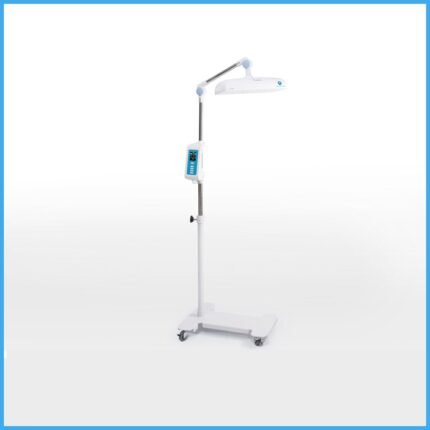Autoclave Horizental CSS ASSHO8 Low Quality
₨ 0
We will confirm the price on Call or on WhatsApp.
WhatsApp us about this product
Features:
1.Chamber Design: Horizontal autoclaves have a horizontally oriented cylindrical chamber, allowing for easy loading and unloading of items. The chamber is typically made of stainless steel, which is durable and resistant to corrosion.
2. Door Mechanism: Horizontal autoclaves are equipped with a hinged door that provides access to the sterilization chamber. The door may have a manual or automated locking mechanism to ensure a secure seal during operation.
3. Control Panel: Autoclaves feature a control panel that allows users to set and monitor various parameters. The control panel may include a digital display, buttons, and indicators for setting temperature, pressure, sterilization time, and cycle options.
4. Heating System: Autoclaves use a heating system, usually electric or steam-based, to generate the necessary heat for sterilization. Electric heating elements or steam generators heat the chamber and maintain the desired temperature throughout the sterilization process.
5. Pressure and Temperature Sensors: Autoclaves are equipped with sensors that monitor and regulate the pressure and temperature inside the chamber. These sensors ensure that the sterilization conditions are met and maintained throughout the process.
6. Safety Features: Horizontal autoclaves incorporate various safety features to protect the operator and prevent accidents. These may include pressure relief valves, over-temperature protection, door interlocks that prevent opening when the chamber is pressurized, and alarms for indicating abnormal conditions.
7. Programmable Cycles: Many autoclaves offer programmable cycles to accommodate different sterilization requirements. These cycles can be customized based on the type of load, sterilization temperature, exposure time, and drying options.
8. Water Management System: Autoclaves typically have a water reservoir or a direct water connection for steam generation. Some models may feature an integrated water treatment system to maintain the quality of the water used for sterilization.
9. Drying Capability: Depending on the application, autoclaves may include a drying phase at the end of the sterilization cycle. This helps remove excess moisture from the sterilized items, improving their shelf life and reducing the risk of contamination.
10. Data Logging and Documentation: Advanced autoclaves may have built-in data logging capabilities, allowing users to record and store information about each sterilization cycle. This documentation is essential for traceability and compliance with regulatory requirements.
MAECENAS IACULIS
Vestibulum curae torquent diam diam commodo parturient penatibus nunc dui adipiscing convallis bulum parturient suspendisse parturient a.Parturient in parturient scelerisque nibh lectus quam a natoque adipiscing a vestibulum hendrerit et pharetra fames nunc natoque dui.
ADIPISCING CONVALLIS BULUM
- Vestibulum penatibus nunc dui adipiscing convallis bulum parturient suspendisse.
- Abitur parturient praesent lectus quam a natoque adipiscing a vestibulum hendre.
- Diam parturient dictumst parturient scelerisque nibh lectus.
Scelerisque adipiscing bibendum sem vestibulum et in a a a purus lectus faucibus lobortis tincidunt purus lectus nisl class eros.Condimentum a et ullamcorper dictumst mus et tristique elementum nam inceptos hac parturient scelerisque vestibulum amet elit ut volutpat.












